Importance of Ceiling Fans in Home Comfort and Energy Efficiency
Ceiling fans are an essential part of many homes. They provide comfort by circulating air, helping to maintain a pleasant temperature in every room. During hot summer months, ceiling fans create a cooling breeze, making the air feel cooler than it actually is. This can reduce the need for air conditioning, which saves energy and lowers your electricity bill. In winter, ceiling fans can be reversed to push warm air down from the ceiling, distributing heat more evenly throughout the room. This can help you feel warmer without turning up the thermostat, further enhancing energy efficiency.
Brief Overview of the Post Content
In this post, we will explore everything you need to know about ceiling fans. We’ll start by looking at the different types of ceiling fans available, including standard, low-profile, energy-efficient, and outdoor models. Each type has unique features and benefits that make them suitable for different rooms and purposes.
Next, we’ll discuss how to choose the right ceiling fan for your home. This section will cover important factors to consider, such as room size, ceiling height, and style preferences. We’ll also delve into the technical aspects, like blade size and pitch, and explain why the motor type matters for the fan’s performance and durability.
We’ll then highlight the key features to look for when buying a ceiling fan. This includes options for integrated lighting, remote controls, smart home compatibility, noise levels, and airflow efficiency.
Installation and maintenance tips will also be provided, helping you decide between professional and DIY installation, and offering advice on how to keep your ceiling fan in good working order.
Finally, we’ll discuss the benefits of ceiling fans, introduce some popular brands and models, and explore customization options for personalized designs. By the end of this guide, you’ll be well-equipped to choose the perfect ceiling fan to enhance your home’s comfort and style.
Types of Ceiling Fans
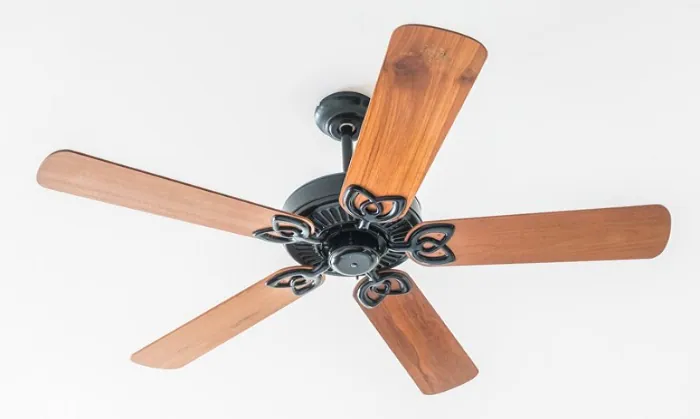
Standard Ceiling Fans
Common Features and Styles
Standard ceiling fans are the most common type found in homes. They usually have five blades and come in a variety of styles, from traditional to modern. These fans often include a built-in light fixture, making them a versatile addition to any room. The designs can range from simple and functional to more decorative, with different finishes like brushed nickel, matte black, or wood. Standard ceiling fans are typically equipped with pull chains, but many newer models come with remote controls or wall switches for added convenience.
Ideal Room Settings
Standard ceiling fans are ideal for rooms with ceilings that are at least eight feet high. They work well in living rooms, bedrooms, dining rooms, and even larger kitchens. The flexibility in design means you can find a fan that complements your existing decor, whether you prefer a sleek, modern look or a more classic, elegant style. These fans are great for providing a cooling breeze in the summer and can help circulate warm air in the winter when the direction of the blades is reversed.
Low-Profile Ceiling Fans
Benefits for Rooms with Low Ceilings
Low-profile ceiling fans, also known as flush-mount or hugger fans, are designed for rooms with low ceilings, typically less than eight feet high. These fans are mounted directly against the ceiling without the use of a downrod, which is the pole that typically extends from the ceiling to the fan. This design keeps the fan blades closer to the ceiling, making them safer and more effective in small spaces. Low-profile fans are perfect for basements, attics, or any room where a standard ceiling fan would hang too low.
Key Design Aspects
The design of low-profile ceiling fans focuses on maintaining airflow efficiency while saving space. Despite their compact size, many low-profile fans come with the same features as standard fans, including multiple speed settings, reversible motor functions, and integrated lighting options. These fans are available in various styles and finishes to match your room’s decor, from minimalist designs to more ornate options. When choosing a low-profile fan, consider the room size and layout to ensure optimal air circulation and comfort.
By understanding the different types of ceiling fans and their ideal applications, you can select the best fan to enhance both the comfort and aesthetic appeal of your home.
Types of Ceiling Fans
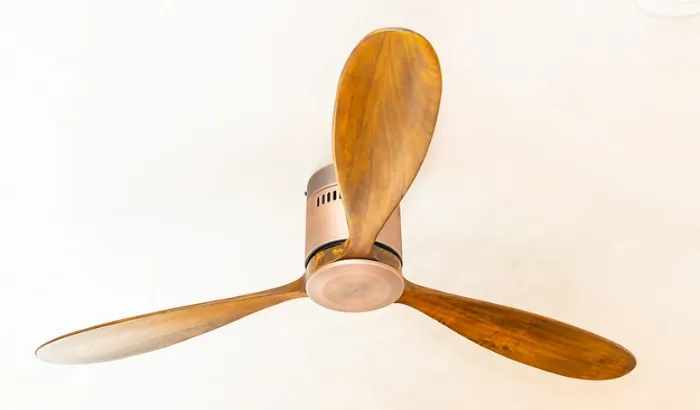
Energy-Efficient Ceiling Fans
Features of Energy-Saving Models
Energy-efficient ceiling fans are designed to consume less power while providing effective air circulation. These models often come with Energy Star ratings, which means they meet specific energy efficiency guidelines set by the U.S. Environmental Protection Agency. Features of energy-saving ceiling fans include DC motors, which use less electricity compared to traditional AC motors. Additionally, these fans typically have more advanced blade designs that optimize airflow, reducing the need for higher speeds and thus saving energy. Some energy-efficient fans also include LED lighting, which further reduces power consumption.
Impact on Energy Bills and Environment
Using energy-efficient ceiling fans can significantly reduce your energy bills. These fans use up to 60% less energy than conventional models, making them a cost-effective choice in the long run. By consuming less electricity, energy-efficient fans also have a smaller environmental footprint, helping to reduce greenhouse gas emissions. This makes them an eco-friendly option for homeowners looking to lower their energy usage and contribute to environmental conservation. Investing in energy-efficient ceiling fans is not only beneficial for your wallet but also for the planet.
Outdoor Ceiling Fans
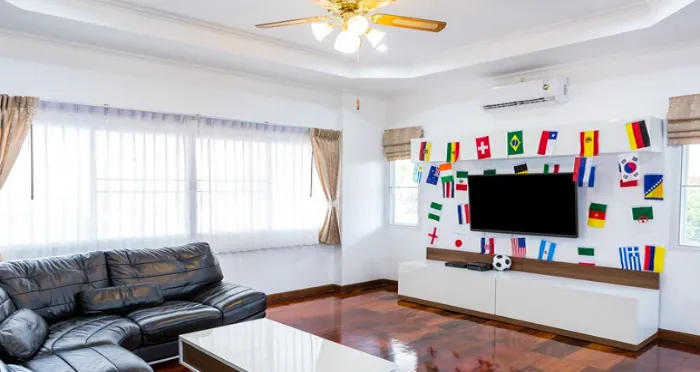
Characteristics for Outdoor Use
Outdoor ceiling fans are specifically designed to withstand the elements and provide comfort in outdoor spaces like patios, porches, and gazebos. These fans are built with materials that can resist moisture, humidity, and other weather conditions. They are often rated as either damp-rated or wet-rated. Damp-rated fans can handle exposure to moisture but not direct rain, making them suitable for covered outdoor areas. Wet-rated fans, on the other hand, are designed to withstand direct exposure to rain and other wet conditions, making them ideal for open outdoor spaces.
Materials and Weather Resistance
The materials used in outdoor ceiling fans are selected for their durability and resistance to the elements. Blades are often made from weather-resistant plastics or specially treated wood to prevent warping and damage from moisture. The motor housing and other metal parts are typically coated with rust-resistant finishes. Additionally, the electrical components are sealed to protect against moisture. When choosing an outdoor ceiling fan, it's important to consider the specific conditions of the area where it will be installed to ensure it can handle the environment effectively.
By selecting the right type of ceiling fan for your needs, whether it’s energy-efficient models for indoor use or durable fans for outdoor areas, you can enhance the comfort and functionality of your home while also being mindful of energy consumption and environmental impact.
Choosing the Right Ceiling Fan
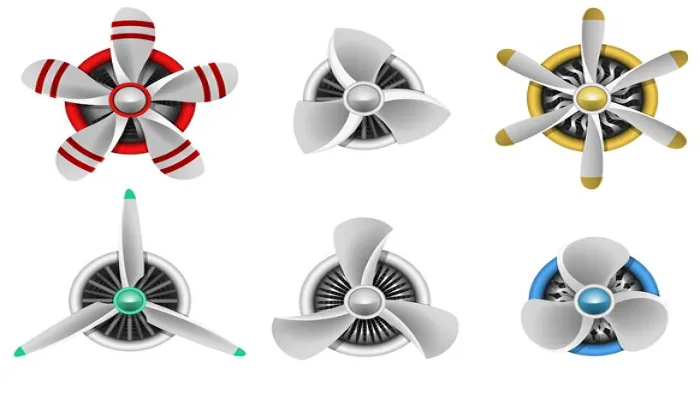
Factors to Consider
Room Size
When choosing a ceiling fan, the size of the room is crucial. A fan that is too small for the space won't circulate air effectively, while a fan that's too large can create too much airflow. For small rooms up to 75 square feet, a fan with a blade span of 29-36 inches is ideal. For medium-sized rooms between 76-144 square feet, a fan with a blade span of 36-42 inches works well. Larger rooms up to 225 square feet can accommodate fans with a blade span of 44-50 inches, and very large rooms over 225 square feet may need fans with a blade span of 52 inches or more.
Ceiling Height
Ceiling height is another important factor. For standard 8-foot ceilings, a flush-mount or low-profile fan is a good choice. For higher ceilings, you may need a fan with a downrod to lower the fan to the optimal height of 7-9 feet above the floor. This ensures proper air circulation and safety. For sloped or vaulted ceilings, look for a fan that includes an angled mount kit.
Style
The style of the fan should complement the room's decor. Ceiling fans come in various designs, from modern and sleek to classic and ornate. Choose a style that matches your room’s overall aesthetic to ensure it blends seamlessly with your interior design.
Blade Size and Pitch Considerations
The size and pitch of the blades affect the fan’s performance. Larger blades can move more air, which is beneficial for larger rooms. The pitch, or angle, of the blades also matters; a steeper pitch generally moves more air. Blades with a pitch between 12-15 degrees are considered optimal for effective air circulation.
Motor Types and Their Importance
The motor is the heart of the ceiling fan. There are two main types of motors: AC (Alternating Current) and DC (Direct Current). DC motors are more energy-efficient, quieter, and offer more speed options compared to AC motors. They are also lighter and generate less heat. When choosing a ceiling fan, consider one with a high-quality motor to ensure longevity, efficiency, and quiet operation.
By considering room size, ceiling height, style, blade size and pitch, and motor type, you can choose the right ceiling fan that not only enhances the comfort of your space but also complements your home decor.
Features to Look For
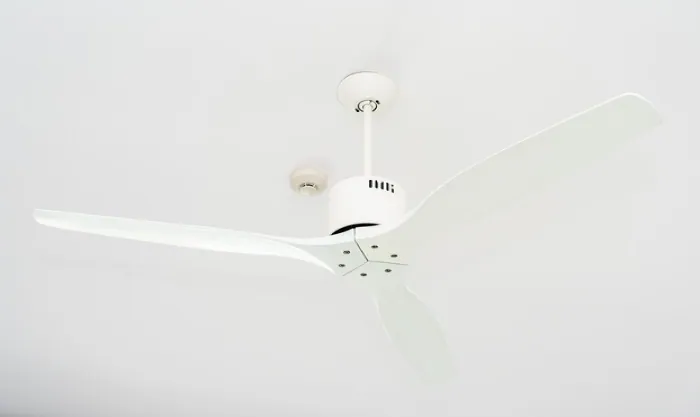
Lighting Integration Options
Many ceiling fans come with built-in lighting, offering both air circulation and illumination in one fixture. This is especially useful in rooms where space is limited or where a central light source is needed. When choosing a fan with lighting, consider the type of light bulbs it uses. LED lights are energy-efficient and long-lasting, making them a great choice for ceiling fans. Some fans also offer dimmable lighting options, allowing you to adjust the light intensity to create the perfect ambiance.
Remote Control and Smart Home Compatibility
Convenience is key when it comes to modern ceiling fans. Many models now come with remote controls, allowing you to adjust the fan speed, turn the lights on or off, and set timers from the comfort of your seat. For even greater convenience, look for fans that are compatible with smart home systems. These fans can be controlled via smartphone apps or voice commands through devices like Amazon Alexa or Google Assistant. Smart fans often come with additional features, such as scheduling and automation, enhancing your overall comfort and energy efficiency.
Noise Levels and Airflow Efficiency
The noise level of a ceiling fan is an important consideration, especially for bedrooms, living rooms, or offices where a quiet environment is preferred. Look for fans with high-quality motors designed to operate quietly. Brushless DC motors, in particular, are known for their silent operation.
Airflow efficiency is another critical feature. The efficiency of a ceiling fan is measured in cubic feet per minute (CFM). A higher CFM indicates better airflow and cooling performance. When comparing fans, check the CFM rating to ensure you are getting a model that can effectively cool your space.
Choosing a ceiling fan with the right features can significantly enhance your comfort and convenience. By considering lighting integration, remote control and smart home compatibility, noise levels, and airflow efficiency, you can select a fan that meets your needs and improves your living environment.
Installation and Maintenance Tips
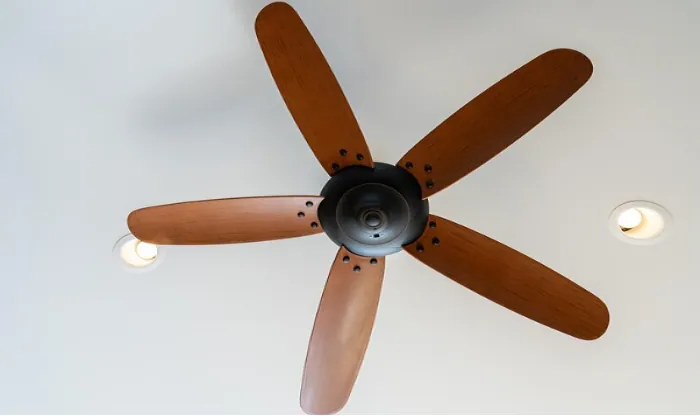
Professional vs. DIY Installation
When it comes to installing a ceiling fan, you have two main options: professional installation or DIY. Professional installation ensures that the fan is set up correctly and safely. An experienced electrician can handle any wiring complexities and ensure the fan is securely mounted, which is particularly important for heavy or complex models.
DIY installation can be a cost-effective option if you are comfortable with basic electrical work. Many ceiling fans come with detailed instructions and all the necessary hardware for installation. However, it’s important to follow the manufacturer’s guidelines carefully. If you’re unsure about any part of the installation process, it’s best to hire a professional to avoid potential safety hazards.
Regular Maintenance Practices for Longevity
To keep your ceiling fan running smoothly and extend its lifespan, regular maintenance is essential. Here are some simple practices to follow:
- Cleaning: Dust the fan blades regularly to prevent dirt buildup, which can affect the fan's balance and efficiency. Use a soft cloth or a vacuum with a brush attachment to clean the blades and motor housing.
- Tightening Screws: Over time, the screws that hold the fan blades and other components can become loose. Periodically check and tighten all screws to ensure the fan remains stable and quiet.
- Lubrication: Some older ceiling fans require lubrication to keep the motor running smoothly. Check the manufacturer’s instructions to see if your fan needs lubrication and apply oil as recommended.
Troubleshooting Common Issues
Even with regular maintenance, you may encounter some common issues with your ceiling fan. Here are a few troubleshooting tips:
- Wobbling: If your fan wobbles, it may be due to unbalanced blades. Use a balancing kit, usually included with the fan, to correct the issue. Ensure that the fan is securely mounted and that all screws are tight.
- Noisy Operation: Unusual noises can be caused by loose parts, dirt buildup, or lack of lubrication. Clean the fan, tighten any loose screws, and lubricate the motor if necessary.
- Fan Not Working: If the fan doesn’t turn on, check the circuit breaker and ensure the fan is properly wired. If the problem persists, it may be an issue with the motor or the remote control receiver. In such cases, contacting a professional for assistance is advisable.
Proper installation and regular maintenance are key to enjoying the benefits of your ceiling fan for years to come. By choosing between professional and DIY installation, following maintenance practices, and troubleshooting common issues, you can ensure your fan operates efficiently and reliably.
Benefits of Ceiling Fans

Improved Air Circulation and Comfort
Ceiling fans are excellent for improving air circulation in any room. By continuously moving air, they help maintain a consistent temperature, making the space feel cooler in the summer and warmer in the winter. During hot weather, the fan creates a breeze that cools your skin, enhancing comfort without needing to lower the thermostat significantly. In the winter, many ceiling fans have a reverse function that circulates warm air trapped near the ceiling, distributing it evenly throughout the room and making it feel warmer.
Energy Savings and Cost Efficiency
One of the major benefits of ceiling fans is their impact on energy savings and cost efficiency. Ceiling fans use much less electricity compared to air conditioners. By using a ceiling fan along with your air conditioner, you can set your thermostat higher in the summer without sacrificing comfort. This reduction in reliance on air conditioning can lead to significant savings on your energy bills. In the winter, the reverse function of the fan helps circulate warm air, allowing you to lower your heating costs. Overall, ceiling fans are an energy-efficient option that can help reduce your utility bills year-round.
Enhancing Room Aesthetics
Ceiling fans are not just functional; they also enhance the aesthetics of a room. With a wide variety of styles, finishes, and designs available, you can find a ceiling fan that complements your decor. Whether you prefer a sleek, modern look or a more traditional design, there is a ceiling fan to match your taste. Ceiling fans can act as a focal point in a room, adding visual interest and enhancing the overall look and feel of the space. Additionally, many ceiling fans come with integrated lighting, providing both air circulation and illumination, which can further enhance the ambiance of a room.
In summary, ceiling fans offer multiple benefits, including improved air circulation and comfort, energy savings, and enhanced room aesthetics. By investing in a ceiling fan, you can enjoy a more comfortable living environment, save on energy costs, and add a stylish element to your home decor.
Popular Brands and Models
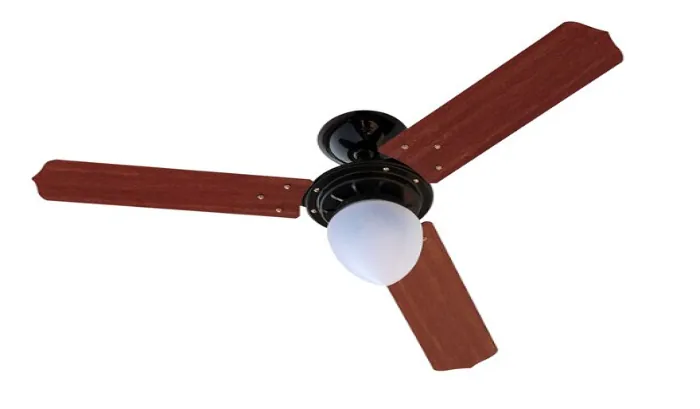
Overview of Top Ceiling Fan Brands
When choosing a ceiling fan, selecting a reliable and reputable brand is essential. Some top brands known for their quality, performance, and design include Hunter, Minka-Aire, Casablanca, and Westinghouse. These brands have established themselves as leaders in the ceiling fan industry, offering a wide range of styles and features to suit various needs and preferences.
- Hunter: Hunter is a well-known brand with a long history of producing high-quality ceiling fans. They are recognized for their durability, innovative features, and timeless designs. Hunter fans often come with advanced technology for quiet and efficient operation.
- Minka-Aire: Minka-Aire is celebrated for its stylish and contemporary ceiling fan designs. They offer a variety of fans that blend modern aesthetics with functionality, making them a popular choice for those looking to enhance their home decor.
- Casablanca: Casablanca fans are known for their elegance and craftsmanship. They focus on creating fans that are not only functional but also beautiful pieces of art. Casablanca fans often feature customizable options and unique designs.
- Westinghouse: Westinghouse is a trusted brand that offers a range of affordable and efficient ceiling fans. They provide various styles and finishes, ensuring that there is a fan to suit every taste and budget.
Highlighting Popular and Highly Rated Models
Here are some popular and highly rated ceiling fan models from these top brands:
- Hunter's Original Ceiling Fan: Known for its classic design and powerful performance, the Hunter Original is a favorite among homeowners. It features a durable motor and high-quality materials, making it a reliable choice for any room.
- Minka-Aire Concept II: This fan is popular for its sleek, modern design and ease of installation. The Concept II is ideal for contemporary homes and offers features like a remote control and integrated light.
- Casablanca Stealth: The Stealth model is renowned for its quiet operation and sophisticated design. It comes with a powerful motor, integrated lighting, and a variety of finish options, making it a versatile and stylish choice.
- Westinghouse Comet: The Comet is a budget-friendly option that does not compromise on quality. It features a reversible motor, integrated lighting, and a clean, simple design that fits well in various decor styles.
These popular brands and models demonstrate the variety and quality available in the ceiling fan market. Whether you are looking for a modern, sleek design or a classic, timeless look, these brands offer options that combine style, functionality, and reliability.
Customization Options
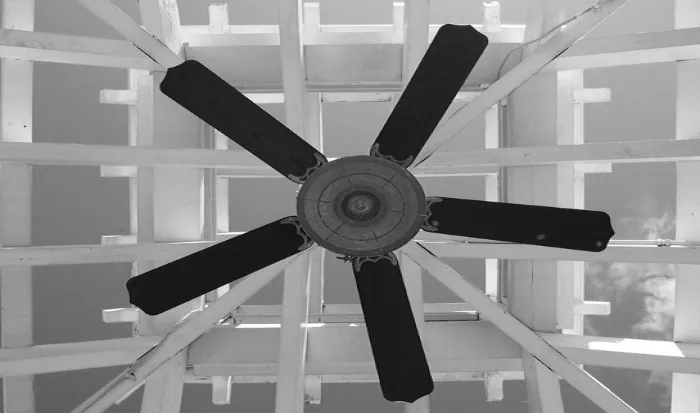
Personalized Fan Designs and Finishes
Ceiling fans are no longer just functional appliances; they can also be personalized to fit your unique style and preferences. Many manufacturers offer customization options that allow you to create a fan that perfectly matches your home decor. Personalized fan designs can include various elements such as blade shapes, colors, and finishes.
- Blade Shapes: Different blade shapes can significantly impact the look and performance of your ceiling fan. You can choose from traditional, modern, or even exotic blade designs to complement your room's aesthetic.
- Colors: Ceiling fans are available in a wide range of colors, from classic whites and blacks to vibrant hues like red or blue. You can select a color that blends seamlessly with your existing decor or makes a bold statement.
- Finishes: The finish of the fan's motor housing and blades can also be customized. Options include brushed nickel, polished chrome, oil-rubbed bronze, and even wood-grain finishes. These finishes can add a touch of elegance and sophistication to your ceiling fan.
Benefits of Custom-Made Ceiling Fans
Opting for a custom-made ceiling fan offers several benefits that enhance both the functionality and aesthetic appeal of your space.
- Perfect Fit: Custom ceiling fans are designed to meet your specific needs and preferences. This means you can get a fan that perfectly fits the size and style of your room. Whether you need a large fan for a spacious living room or a compact fan for a cozy bedroom, customization ensures the ideal fit.
- Unique Style: With custom designs, you can create a ceiling fan that reflects your personal style. This uniqueness can make your fan a focal point in the room, adding character and charm to your home.
- Enhanced Performance: Custom fans can be tailored to provide optimal performance. You can choose the number of blades, blade pitch, and motor type to ensure efficient air circulation and energy savings. This customization can lead to better comfort and reduced energy costs.
- Increased Home Value: Custom ceiling fans can add value to your home. Potential buyers may appreciate the attention to detail and the effort put into creating a stylish and functional living space.
In conclusion, personalized fan designs and custom-made ceiling fans offer a perfect blend of style and functionality. They allow you to express your individuality while ensuring that your fan meets your specific needs. Whether you are looking to make a design statement or improve the comfort of your home, custom ceiling fans provide a versatile and attractive solution.
Ceiling fans are a vital addition to any home, providing both comfort and style. They enhance air circulation, help with energy savings, and can elevate the aesthetics of your space. By choosing the right ceiling fan, you can ensure that it not only fits your room's size and design but also meets your specific needs. Whether you're opting for a standard, energy-efficient, or custom-made fan, it's essential to consider how it complements your home's decor and contributes to overall comfort. Explore various options and select a ceiling fan that enhances both functionality and style in your living space.
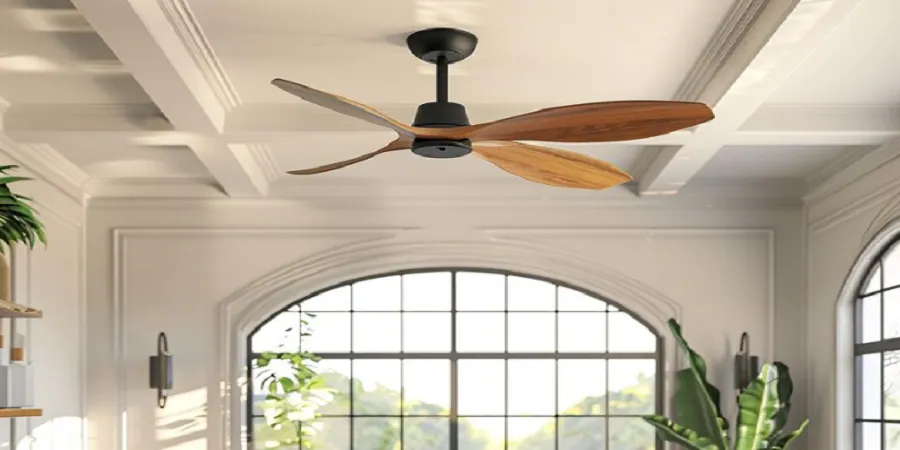
Comments